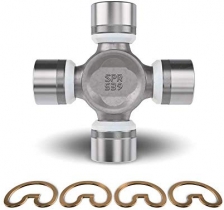-
Welcome to Tacoma World!
You are currently viewing as a guest! To get full-access, you need to register for a FREE account.
As a registered member, you’ll be able to:- Participate in all Tacoma discussion topics
- Communicate privately with other Tacoma owners from around the world
- Post your own photos in our Members Gallery
- Access all special features of the site
MPG question
Discussion in '3rd Gen. Tacomas (2016-2023)' started by mjillson, Nov 12, 2017.
Page 1 of 2
Page 1 of 2


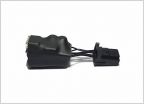 Anyone have a SimpleUSB Mirror adapter connected?
Anyone have a SimpleUSB Mirror adapter connected?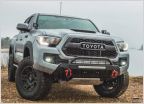 Stock front recovery points for shackles?
Stock front recovery points for shackles?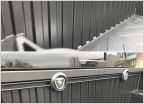 Front track rail added.
Front track rail added.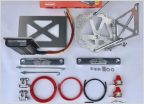 Off Grid Engineering REDARC Dual Battery Install
Off Grid Engineering REDARC Dual Battery Install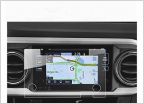 Anyone try these?
Anyone try these?


































